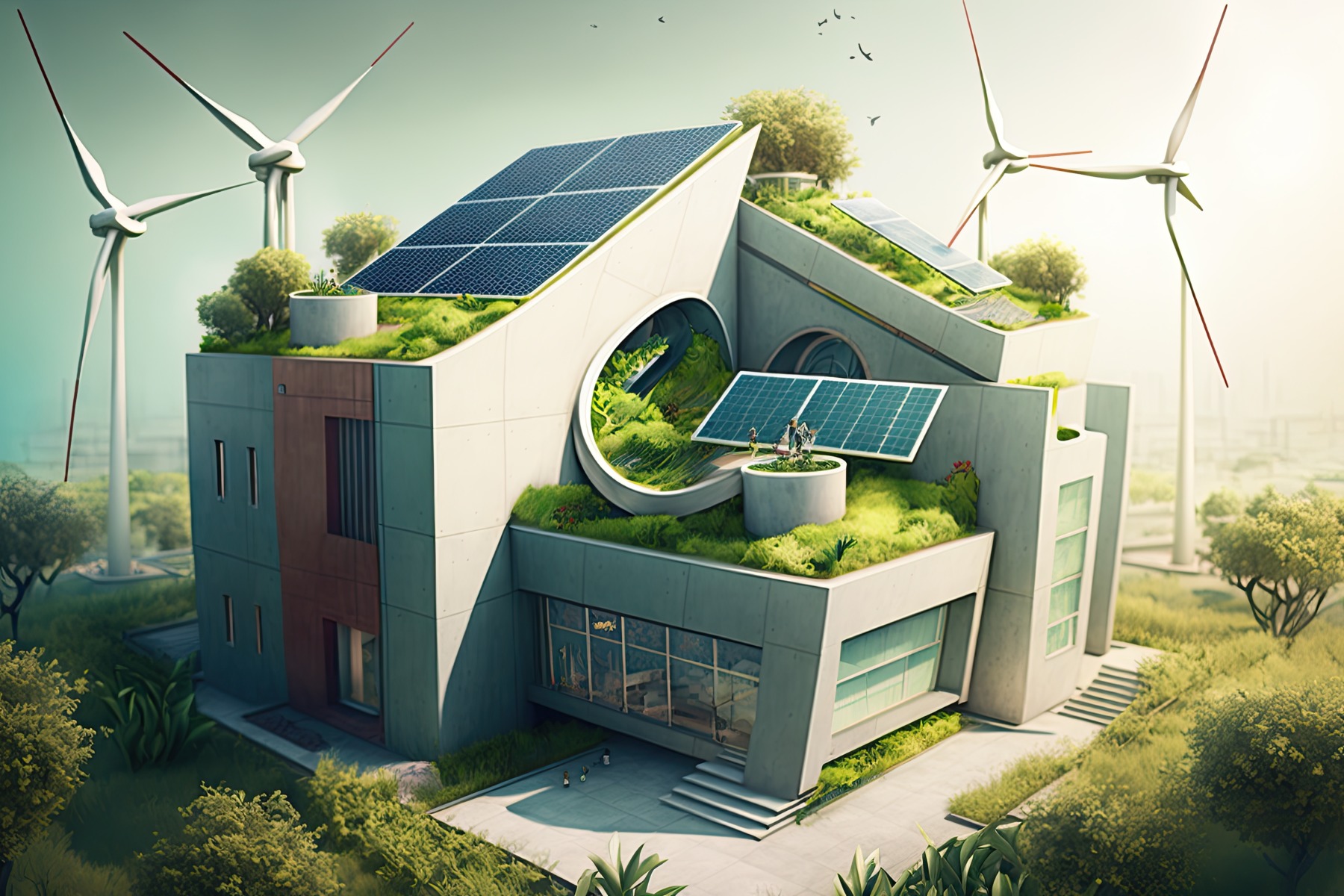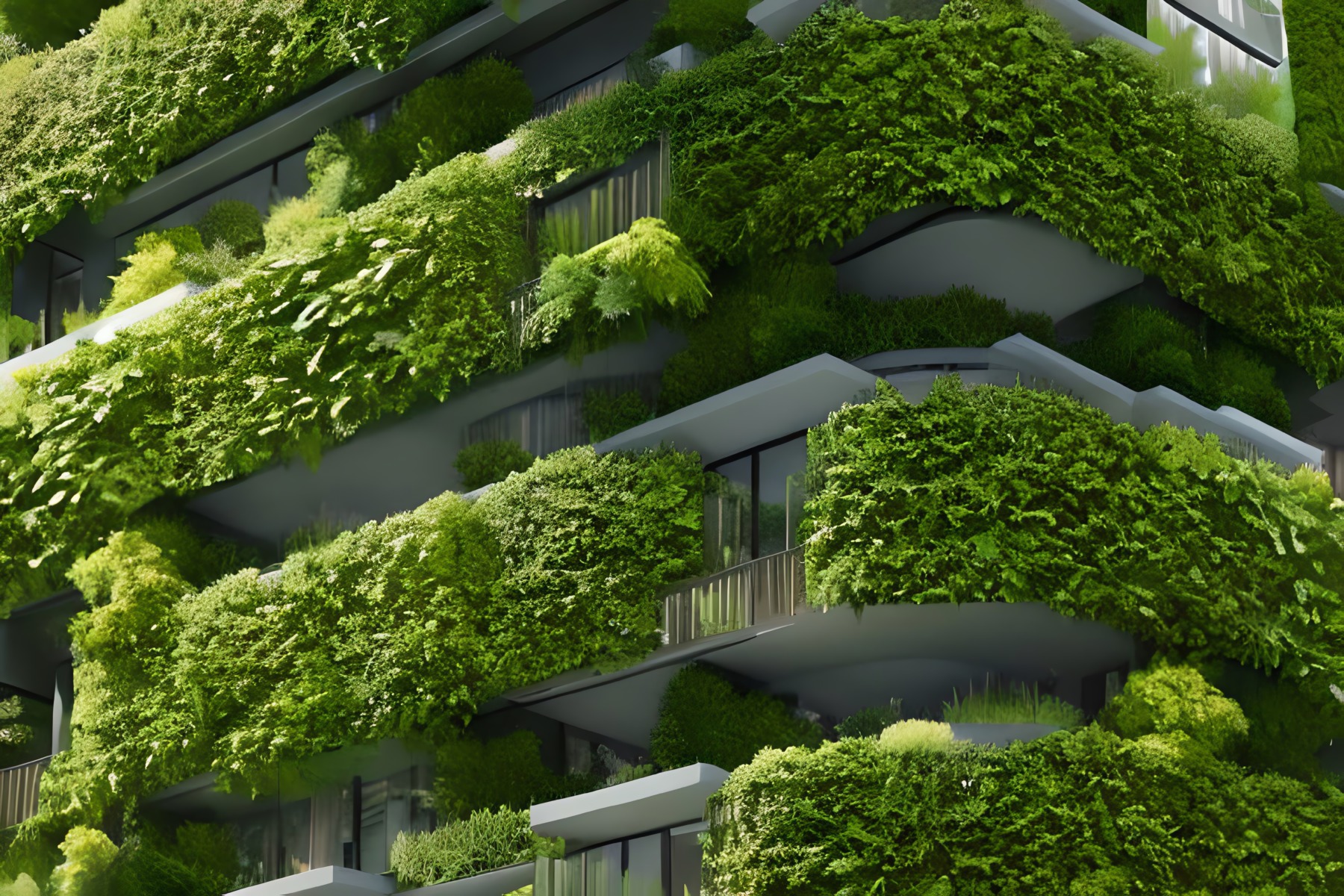Insights
Radical rethink: the reason we redevelop – part 1.
Buildings must become enablers of social and environmental change.
As we enter London Climate Action Week 2023, we are once again faced with some serious questions and challenges in relation to the future of our planet. At present, the general consensus and indeed the Progress Report 2022 suggest that whilst the UK has a ‘solid Net Zero strategy in place’, there are policy gaps, tangible progress is slow, and there is a need to place more emphasis on the successful delivery of the Net Zero strategy than we are currently seeing.
As built environment experts, action and delivery are central to the work we do; master-planning and urban regeneration offer extensive opportunities to make a positive impact and enable us as a society to reach our climate goals.
However, the industry often offers a range of ‘technofixes’; with the fundamental purpose of trying to ensure people can continue to live in ways they wish; and hoping their footprint on the planet will be reduced through emerging technologies.
Whilst such an approach does lead to advances in technology that aren’t necessarily negative, it also enables the silencing of bigger questions concerning what is good for people’s physical and mental wellbeing. In stepping back, we see a huge opportunity to rethink ‘the good life’, placing less emphasis on the desire to continue with ‘business as usual’, and far more emphasis on the reciprocal relationships and co-benefits between people and planet.
Starting from scratch
Historically our cityscapes have been built on the basis of production (e.g., places to work), consumption (e.g., places to purchase), and accommodation (e.g., places to live). Whilst all three are important in contemporary society, if we are to truly embrace the climate and planetary challenges we are faced with, a shift in focus away from technofixes to support the continuation of cityscapes being designed purely with these three aspects at the forefront is needed.
An ‘urban greening’ approach is not the answer, rather an approach that places people and planet centre stage at the start of projects. At the beginning of any largescale development, the question should be: What do we want to create socially and environmentally in this space? And then how can buildings enable that?
This complete shift from the assumption that buildings should exist and simply be designed well, to one that views them as enablers, requires an approach to projects that actively engages with the extensive research evidence regarding the reciprocal relationships between people and nature. For example: there is a large evidence base highlighting the physical and mental wellbeing benefits of both passive and active engagement with nature; people who engage with nature regularly are more likely to exhibit pro-environmental attitudes and behaviours; there are positive physical and mental wellbeing impacts from experiencing natural soundscapes; people with access to nature experience better physical and mental wellbeing; and nature-based solutions help to cool urban environments.
Such evidence needs to be better utilised in decision making from start to finish to facilitate a complete flip in our thinking… and ultimately remove processes we have followed for generations.

‘Life first’
We are inherently natural beings and eco-psychology has long highlighted how our biological and emotional connection to nature has slowly been severed as a result of ‘modern living’. So rather than seeing nature and ‘the public realm’ as something we need to put into projects, lets shift our focus. People and nature have to be at the forefront of our conversations – then our design, construction, and operation of buildings will actually exist for a purpose; this is something akin to what Helle Søholt refers to as a ‘Life-First’ approach. Such an approach will make our urban environments places of harmonious relationships between nature, humanity, history, culture, and context.
Ultimately, it will allow us to move on from the monoculture of the cityscape to something more exciting, holistic, and futureproofed, providing a truly sustainable future in which people and planet thrive through reciprocal and co-beneficial relationships.
In part 2 of this insight series, we will consider whether development drivers deliver the best outcomes for people…
